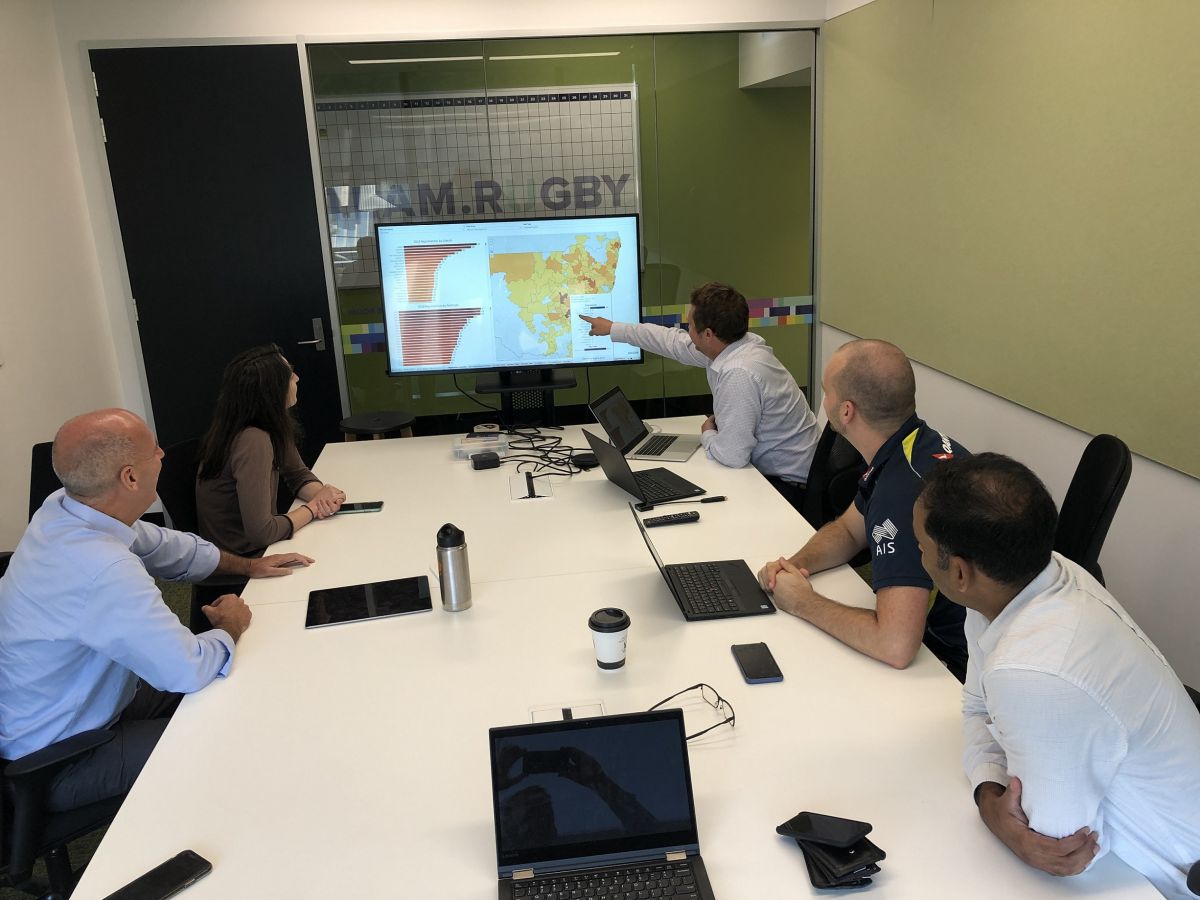
Rugby Australia uses Tableau Blueprint to grow its data culture
10x faster time to insight for coaches
Player statistics drive new training techniques
Established foundation for data culture

Rugby Australia is the sport's national governing body in Australia. The organization’s vision is to inspire all Australians to enjoy the great global game of rugby and, with the help of Tableau, data is driving its success more than ever. Rugby Australia initially adopted Tableau to bring together the vast amounts of data used to analyze and predict how its teams will perform against others, taking into account details like player health, training and past performance. With all this information in one place, coaches can analyze information 10x faster and detect new insights to improve performance. These benefits are set to multiply as Rugby Australia uses Tableau Blueprint to drive a data-driven culture across the entire organization. In the short-term, this will involve extending Tableau to 100 users, including Super Rugby franchises and member unions.
With Tableau, we were able to break down the barriers to using our data and get insights 10x faster.
Rugby coaches have 10x faster insight into team performance
For the coaches of Rugby Australia’s high-performance teams like the Wallabies and Wallaroos, using data to drive results is nothing new. From player health and training data through to stats on competitors and referees, every data point has the potential to unlock performance gains.
The difficulty for coaches was taking all of this data which was handed over to them in separate reports, and understanding what was most important—without sacrificing time with players out on the field. With the help of the data analyst team, coaches can now see a centralized view of player data in Tableau, bringing in data from strength and conditioning coaches, as well as sports doctors and physiotherapists.
“With Tableau, we were able to break down the barriers to using our data and get insights 10x faster,” said Cathal Garvey, Head of Analytics at Rugby Australia. “We’re also uncovering things that may have been missed before because it was too difficult to detect the right signals from all the noise.”

Tableau Blueprint provides a great framework for understanding the organization’s needs and building a data solution that can be scaled across different departments,” said Garvey. “Ultimately this will help everyone be more data-informed in their role and improve our great game at all levels both on and off the field.
Embedding data culture at the grassroots and beyond
Coaches have been quick to embrace Tableau and are now in the driver’s seat when it comes analyzing data. The next step for Rugby Australia is to take this data culture and embed it across the rest of the organization, starting at the grassroots with community rugby. One of the key goals is to understand trends like demographics and the popularity of rugby across regions by using data like ticket sales and participation stats from local clubs. These insights will help Rugby Australia to connect to new fans and players, and grow participation.
Garvey said that demand for analytics is high across the organization with people wanting to make fact-based decisions. The important thing is establishing the right capabilities to meet this demand, which is why Rugby Australia is using Tableau Blueprint, Tableau’s step-by-step guide to creating a data culture, and taking a structured approach to scaling its use of data.
“Tableau Blueprint provides a great framework for understanding the organization’s needs and building a data solution that can be scaled across different departments,” said Garvey. “Ultimately this will help everyone be more data-informed in their role and improve our great game at all levels both on and off the field.”
